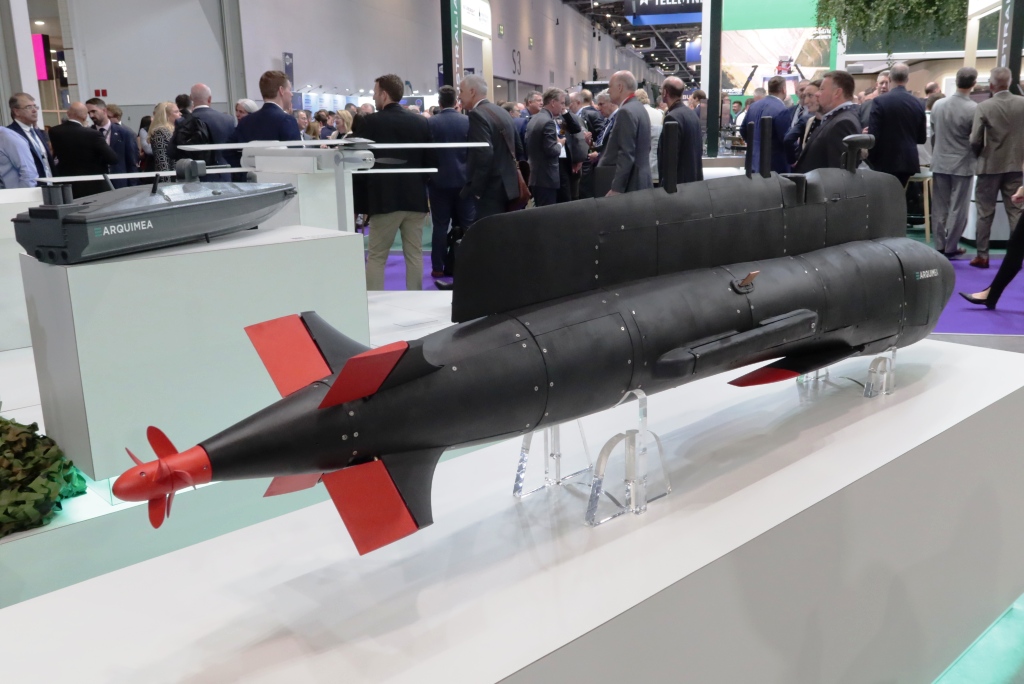Lockheed Martin’s Vectis Drone: A Leap Towards Autonomous Warfare
Lockheed Martin has unveiled plans to develop a stealthy, autonomous multipurpose drone known as Vectis, with an expected first flight by 2027. This initiative underscores the company’s commitment to advancing capabilities in modern warfare technology, particularly in the realms of surveillance, air superiority, and precision strike operations.
Overview of Vectis
According to OJ Sanchez, Vice President and General Manager of Lockheed Martin’s Skunk Works division, Vectis will be classified as a “category five” drone. Its versatility is designed to accommodate multiple mission profiles:
- Surveillance: To conduct real-time monitoring and situational awareness.
- Air-to-Air Combat: To engage in aerial engagements effectively.
- Strike Missions: To deliver precise lethality against ground targets.
Sanchez emphasized, “We are actively developing the Vectis prototype. Necessary components have been procured, and our team is diligently working toward a test flight in the next two years.”
Competitive Landscape
While Vectis is not specifically targeting any existing contracts, it is anticipated to contend with offerings from General Atomics and Anduril within the U.S. Air Force’s Collaborative Combat Aircraft (CCA) program. Sanchez noted that Vectis could serve as a formidable candidate in scenarios requiring a highly survivable and flexible platform:
- “If the U.S. Air Force determines a need for enhanced operational capacity through the second increment of the CCA initiative, Vectis aligns well with those requirements.”
Design Specifications
The dimensions of Vectis will be strategically optimized; it will be smaller than the F-16 fighter jet but larger than Lockheed’s proposed Common Multi-Mission Truck (CMMT) missiles. However, specific details regarding the propulsion system and anticipated cost remain undisclosed.
Key attributes include:
- Interoperability: Vectis is designed to integrate seamlessly with both fifth-generation and next-generation aircraft, such as the F-22 and F-35, as well as other platforms across the battlefield.
- Connectivity: Sanchez highlighted a commitment to ensuring that Vectis can interface with a broad spectrum of systems: “This is about creating a platform that connects with any entity in the operational theatre, not solely Lockheed systems.”
Operational Considerations
Vectis will necessitate a runway for launch and recovery. However, it will be designed for effective utilization in the U.S. Air Force’s Agile Combat Employment strategy, which emphasizes rapid deployment and flexible operational bases. Maintenance tasks will be simplified through:
- Simplicity of Design: An uncomplicated architecture that reduces upkeep.
- Durable Materials: Use of resilient materials to enhance longevity and reliability in diverse environments.
The drone’s operational range is expected to be compatible with varied theaters, including those in the Indo-Pacific, Europe, and Central Command regions.
Budgetary Context
In the latest budgetary documents, the U.S. Air Force has requested $111 million allocated to the CCA program, with a reconciliation bill proposing an additional $678 million over five years to further support these initiatives. The ongoing investment signals a robust commitment toward enhancing the Air Force’s technological edge in an evolving threat landscape.
As Lockheed Martin advances its Vectis project, the implications for modern warfare are profound, potentially reshaping the role of unmanned systems in future conflict scenarios.





